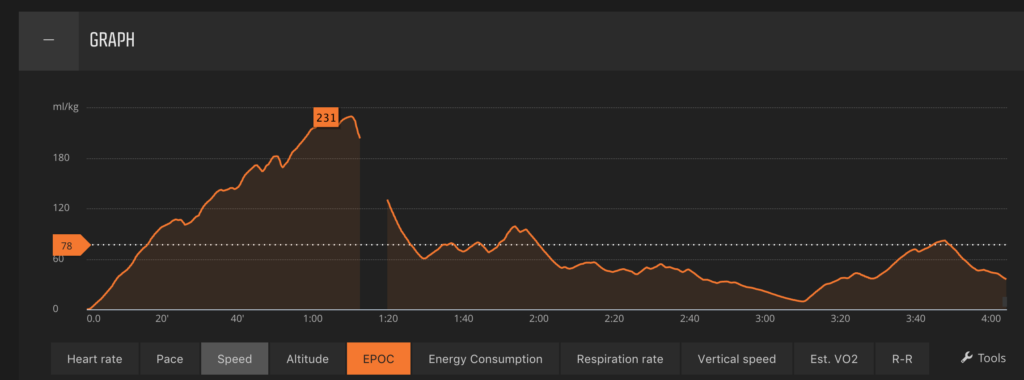Second thoughts on E-bikes
Yesterday I rode an e-bike over 5km and played with the eco, touring, sport and turbo modes. I experimented with the gears and I experimented with a variety of gradients and surfaces. Through this trial I got to understand how e-bikes work.
Gaining momentum
E-bikes are great for helping you get up to 25 kilometres an hour and after that, if you have the strength then you can ride the bike at over 25 kilometres per hour for as long as you last. When you start to get tired the engine will kick in again when you slip down to below 25 kilometres per hour and assist you for the rest of the journey.
Bosch engines are gentle, they assist you from a standing start, following your pedal force to gradually get you up to 25 kilometres per hour and above. Once you reach 25 kilometres per hour and above the engine cuts out and it’s a normal bike.
Weight and gearing
E-bikes can easily weigh 23kg or more so having the right gears is important. I tried riding an e-bike without changing gears for the first few minutes and I was able to move it along. When I started to shift gears I saw how light the e-bike felt. This is important for uphill segments if the battery dies.
Two types of engine
There are two types of engines. There are gentle engines such as Bosch, to give you a more pleasant cycling feel and then you have other engines, such as Yamaha and others that are meant to be more forceful. In a sports supermarket
Summary
E-bikes assist you in getting to 25 kilometres an hour and if you’re a strong rider the engine will sit in the background and kick in again when you get tired. Although the bike’s engine is limited to 25km per hour it is not like a car or scooter. The speed limit is for the engine, not your pedalling power. If you’re a strong cyclist you can easily reach a higher speed. This implies that on downhill segments you could reach your usual speeds of 50+km per hour.
As a next step I would like to do a full range test, from Nyon to Geneva and back along the roads I take on a bike. Those are undulating and there are moments that get exposed to strong headwinds. I would also ride the route du Lac. If it survives those routes I would be confident to replace my petrol driven scooter with an e-bike.
I could opt for a 45 kilometre per hour bike but I’ve found that I love my 2-5 hour bike rides so an e-bike that assists up to 25km/h is sufficient.








